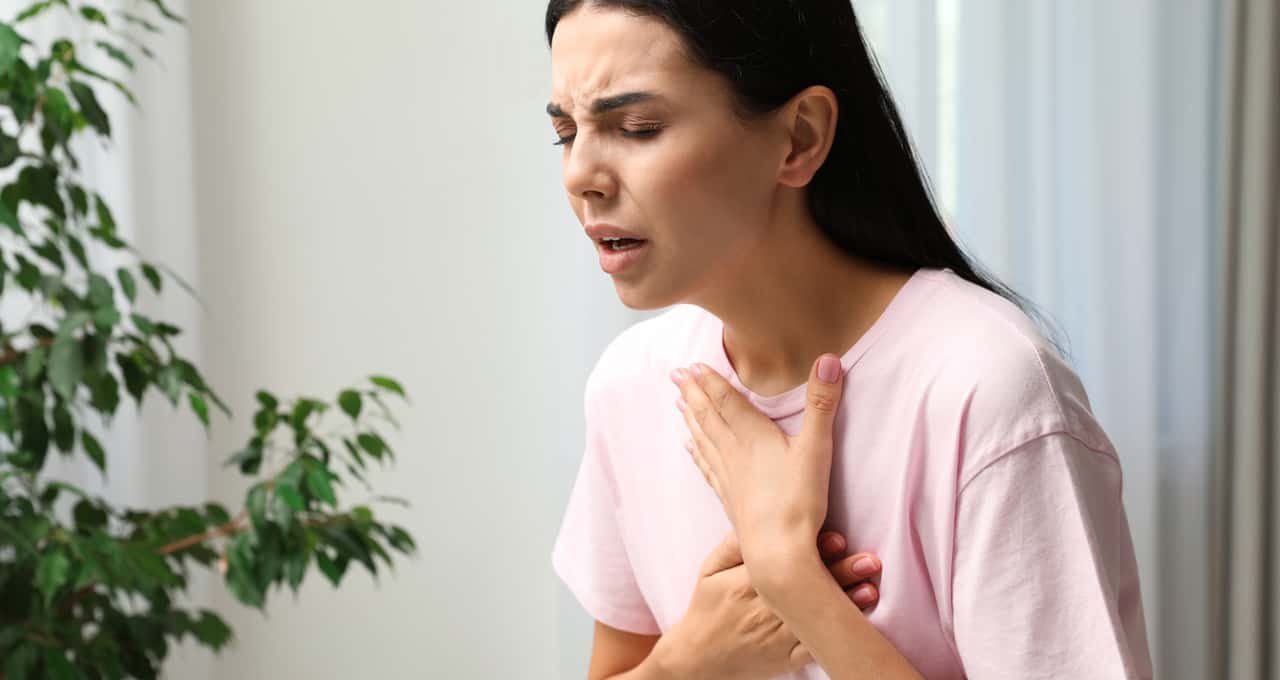Panic Attack Cause
Anxiety is a natural response to stress, but for many, it can escalate into debilitating panic attacks. Understanding the root causes of these episodes is crucial for managing and overcoming them. In this article, we will explore the primary panic attack cause, the causes of panic attacks in general, signs of a panic attack, and effective strategies for how to stop a panic anxiety attack. By delving into these areas, you’ll gain insights that can help you or your loved ones better cope with this overwhelming condition.
What is a Panic Attack?
Panic Attack Cause: Key Insights for Better Management
A panic attack is an intense surge of fear or discomfort that can occur suddenly and without warning. It’s characterized by a combination of physical and psychological symptoms that often mimic severe medical conditions, such as heart attacks. Understanding the triggers and underlying causes is the first step to effectively managing this condition.
The Primary Panic Attack Cause
One of the most common causes of panic attacks is stress. High levels of chronic stress can overwork your body’s stress response, making it more likely to trigger panic episodes. For some, a specific traumatic event—like losing a loved one or experiencing an accident—may be the root cause. Others may find that their panic attacks stem from an underlying mental health disorder, such as generalized anxiety disorder (GAD) or post-traumatic stress disorder (PTSD).
Additional Causes of Panic Attacks
While stress is a significant factor, other potential causes of panic attacks include:
- Genetics: If you have a family history of anxiety or panic disorders, you may be more predisposed to experiencing panic attacks.
- Brain Chemistry: Imbalances in brain chemicals, such as serotonin and norepinephrine, can contribute to heightened anxiety levels and panic attacks.
- Phobias: Specific phobias, such as fear of public speaking or flying, can trigger panic attacks in certain individuals.
- Substance Use: The use or withdrawal from substances like caffeine, alcohol, or recreational drugs can lead to panic attacks.
- Medical Conditions: Disorders such as hyperthyroidism, heart arrhythmias, or hypoglycemia may mimic or trigger panic attacks.
- Personality Traits: People with certain personality traits, such as perfectionism or a high sensitivity to criticism, are more likely to experience panic attacks.
Signs of a Panic Attack
Recognizing the signs of a panic attack can help you act quickly to manage the episode. Common symptoms include:
- A racing or pounding heartbeat
- Shortness of breath or a choking sensation
- Dizziness or lightheadedness
- Sweating or chills
- Trembling or shaking
- A feeling of detachment or unreality
- Intense fear of losing control or dying
These symptoms typically peak within 10 minutes and can last up to 30 minutes or more. Understanding these signs is vital for distinguishing a panic attack from other medical conditions.
How to Stop a Panic Anxiety Attack

If you’re in the middle of a panic attack, there are strategies you can use to regain control. Knowing how to stop a panic anxiety attack can make a significant difference in your ability to cope. Here are some effective techniques:
- Practice Deep Breathing: Focus on taking slow, deep breaths. Inhale through your nose for a count of four, hold for a count of four, and exhale through your mouth for a count of four. This can help regulate your heart rate and calm your nervous system.
- Ground Yourself: Engage your senses by observing your surroundings. Focus on five things you can see, four you can touch, three you can hear, two you can smell, and one you can taste. This mindfulness exercise can redirect your attention away from the panic.
- Challenge Negative Thoughts: Remind yourself that a panic attack, while uncomfortable, is not life-threatening. Counter catastrophic thoughts with rational affirmations.
- Use Relaxation Techniques: Progressive muscle relaxation, visualization, or calming music can help reduce the intensity of the attack.
- Avoid Stimulants: Reduce your intake of caffeine and nicotine, as these substances can exacerbate anxiety symptoms.
- Seek Professional Help: Therapy, particularly cognitive-behavioral therapy (CBT), can provide tools for managing panic attacks. In some cases, medication may be recommended by a healthcare provider.
Discover More: Anxiety Under Control

Struggling with panic attacks and anxiety can feel overwhelming, but you don’t have to face it alone. Our eBook, Anxiety Under Control: Your Path to Peace and Control, provides an in-depth guide to understanding anxiety and panic attacks. This comprehensive resource is packed with actionable tips to help you reduce anxiety naturally and regain control of your life.
Inside, you’ll find proven strategies for managing stress, identifying triggers, and implementing lifestyle changes that promote calm and well-being. Whether you’re looking for immediate relief during a panic attack or long-term solutions for anxiety, this eBook is your ultimate companion.
Don’t wait—start your journey to peace and control today. Get your copy of Anxiety Under Control now and take the first step toward a calmer, more balanced life.
References
- American Psychological Association. “Understanding Anxiety and Panic Disorders.”
- National Institute of Mental Health. “Panic Disorder: Symptoms and Treatment.”
- Mayo Clinic. “Panic Attacks and Panic Disorder.”
- Anxiety and Depression Association of America. “Managing Anxiety and Panic Attacks.”
Disclaimer
This article is for informational purposes only and is not intended to replace professional medical advice, diagnosis, or treatment. Always seek the guidance of a qualified healthcare provider with any questions you may have regarding a medical condition or treatment.
